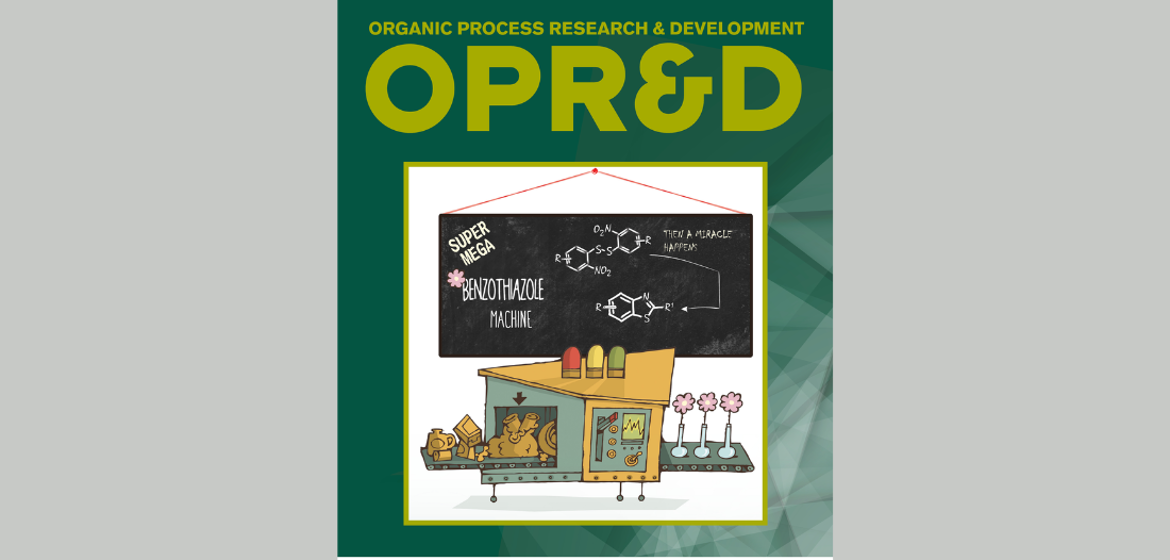Biocatalysis has matured to become a technology widely applied in the chemical industry. There are numerous potential routes to improve the performance of a biocatalytic process. Immobilizing enzymes can be advantageous as it increases stability and simplifies separating enzymes from reaction mixtures. However, establishing a biocatalytic process based on immobilized enzymes is expensive, time-consuming, and labor-intensive. The reason for this is that a multitude of parameters influence the outcome of the immobilization and the performance in the final process.
Screening these parameters in parallel on a small scale is a common strategy to address these issues. However, when screening immobilized enzymes with established methods such as centrifuge tubes, the reaction conditions differ substantially from the process conditions. We present a novel screening platform for immobilized enzymes based on magnetically driven miniature rotating bed reactors (MiniRBRs) to overcome this. This system unites the advantages of small scale operation with immobilizates and the application of rotating bed reactors, which are already established to be scalable at an industrial scale.

Highlights:
The MiniRBR system increased apparent activity of immobilized enzymes by 50% compared to suspended carrier particles due to improved mass transfer
- System is compatible with various support materials and stable under different reaction conditions (pH 4.5-8, temperature up to 60°C)
- Demonstrated successful scale-down of RBR technology for screening applications
- Combined immobilization and fed-batch operation achieved highest enzyme stability
The MiniRBR platform enhances enzyme performance through improved mass transfer, showing 50% higher activity than traditional methods, while maintaining stability across various conditions (pH 4.5-8, up to 60°C) and demonstrating successful scalability from screening to industrial applications.
SpinChem Perspective
The study validates SpinChem RBR technology at miniature scale, demonstrating improved mass transfer and enzyme performance compared to traditional methods. The MiniRBR system provides a practical screening platform that maintains the benefits of full-scale RBR technology while reducing development costs.

